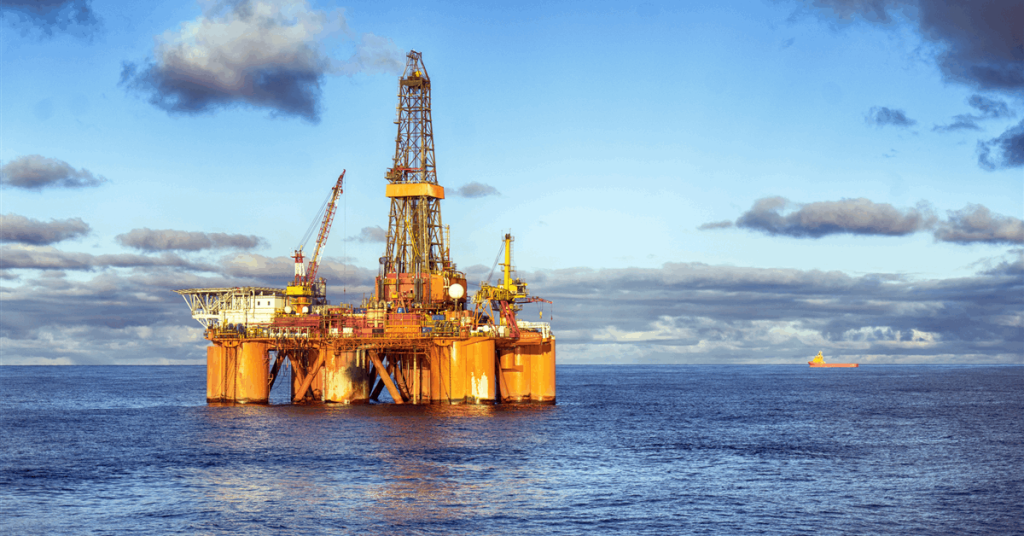Equinor ASA said it has begun phase 2 of its Asgard subsea compression project in the Asgard and Mikkel licenses in the Norwegian Sea along with its partners.
The project will help maintain production from the field by increasing the pressure in the pipelines between the wells and the Asgard B platform, Equinor said in a news release.
Including phase 1, the recovery rate from the Mikkel and Midgard fields is expected to increase to 90 percent, or an additional 306 million barrels of oil equivalent, because of the compressor plant, the company said.
In 2012, the plan for development and operation (PDO) for Asgard subsea compression was approved by the authorities, and the first phase of Åsgard subsea compression came on stream in 2015. The field came on stream with Asgard A in 1999 and Asgard B in 2000, according to the release.
Under the PDO, Equinor stated that there would be a need for increased pressure in the long term to compensate for the pressure drop in the reservoirs. The first compressor module in phase 2 was replaced in 2023, and the second and final module has been installed, at a depth of 886 feet (270 meters), the company said.
Equinor said that the project is the world’s first facility for gas compression on the seabed and “the result of extensive technological development”.
“In this project, Equinor, together with partners and suppliers, has further developed and qualified the next generation of compressor modules,” Trond Bokn, Equinor’s senior vice president for project development, said. “The technology allows us to recover more gas from producing fields. Good resource utilization is important to maintain high and stable production from the Norwegian continental shelf”.
“The compressor system has produced stably for ten years with almost 100 percent uptime. The system has so far contributed to increased value creation from the field of about NOK 175 billion,” Randi Hugdahl, Equinor vice president for exploration and production for Åsgard and Kristin, said.
The licensees for Asgard are Equinor Energy AS as asset operator with 35.01 percent interest, Petoro AS with 34.53 percent, Vår Energi ASA with 22.65 percent, and TotalEnergies EP Norge AS with 7.81 percent.
The licensees for Mikkel are Equinor Energy as operator with 43.97 percent, Vår Energi with 48.38 percent, and Repsol Norge AS with 7.65 percent.
Last month, Equinor said the first carbon dioxide (CO2) has been injected and successfully stored for the Northern Lights joint venture.
The joint venture is equally owned by Equinor, Shell, and TotalEnergies. Equinor, as the technical service provider is responsible for the construction of the Oygarden facility and the offshore facilities on behalf of the joint venture, as well as the operations of the CO2 plant, according to an earlier statement.
The injection of CO2 completes phase 1 of the development, which has a total capacity of 1.5 million metric tons of CO2 per year. The CO2 is transported via ships from Heidelberg Materials’ cement factory in Brevik and then offloaded and transported through a 100-kilometer pipeline and injected into the Aurora reservoir under the seabed of the North Sea, according to the statement.
The expansion of Northern Lights builds on existing infrastructure and includes additional onshore storage tanks, a new jetty, and additional injection wells, Equinor said.
To contact the author, email rocky.teodoro@rigzone.com
Generated by readers, the comments included herein do not reflect the views and opinions of Rigzone. All comments are subject to editorial review. Off-topic, inappropriate or insulting comments will be removed.
element
var scriptTag = document.createElement(‘script’);
scriptTag.src = url;
scriptTag.async = true;
scriptTag.onload = implementationCode;
scriptTag.onreadystatechange = implementationCode;
location.appendChild(scriptTag);
};
var div = document.getElementById(‘rigzonelogo’);
div.innerHTML += ” +
‘‘ +
”;
var initJobSearch = function () {
//console.log(“call back”);
}
var addMetaPixel = function () {
if (-1 > -1 || -1 > -1) {
/*Meta Pixel Code*/
!function(f,b,e,v,n,t,s)
{if(f.fbq)return;n=f.fbq=function(){n.callMethod?
n.callMethod.apply(n,arguments):n.queue.push(arguments)};
if(!f._fbq)f._fbq=n;n.push=n;n.loaded=!0;n.version=’2.0′;
n.queue=[];t=b.createElement(e);t.async=!0;
t.src=v;s=b.getElementsByTagName(e)[0];
s.parentNode.insertBefore(t,s)}(window, document,’script’,
‘https://connect.facebook.net/en_US/fbevents.js’);
fbq(‘init’, ‘1517407191885185’);
fbq(‘track’, ‘PageView’);
/*End Meta Pixel Code*/
} else if (0 > -1 && 78 > -1)
{
/*Meta Pixel Code*/
!function(f,b,e,v,n,t,s)
{if(f.fbq)return;n=f.fbq=function(){n.callMethod?
n.callMethod.apply(n,arguments):n.queue.push(arguments)};
if(!f._fbq)f._fbq=n;n.push=n;n.loaded=!0;n.version=’2.0′;
n.queue=[];t=b.createElement(e);t.async=!0;
t.src=v;s=b.getElementsByTagName(e)[0];
s.parentNode.insertBefore(t,s)}(window, document,’script’,
‘https://connect.facebook.net/en_US/fbevents.js’);
fbq(‘init’, ‘1517407191885185’);
fbq(‘track’, ‘PageView’);
/*End Meta Pixel Code*/
}
}
// function gtmFunctionForLayout()
// {
//loadJS(“https://www.googletagmanager.com/gtag/js?id=G-K6ZDLWV6VX”, initJobSearch, document.body);
//}
// window.onload = (e => {
// setTimeout(
// function () {
// document.addEventListener(“DOMContentLoaded”, function () {
// // Select all anchor elements with class ‘ui-tabs-anchor’
// const anchors = document.querySelectorAll(‘a .ui-tabs-anchor’);
// // Loop through each anchor and remove the role attribute if it is set to “presentation”
// anchors.forEach(anchor => {
// if (anchor.getAttribute(‘role’) === ‘presentation’) {
// anchor.removeAttribute(‘role’);
// }
// });
// });
// }
// , 200);
//});

